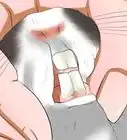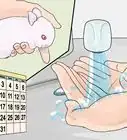This article was co-authored by Pippa Elliott, MRCVS. Dr. Elliott, BVMS, MRCVS is a veterinarian with over 30 years of experience in veterinary surgery and companion animal practice. She graduated from the University of Glasgow in 1987 with a degree in veterinary medicine and surgery. She has worked at the same animal clinic in her hometown for over 20 years.
This article has been viewed 22,325 times.
The rabbit ear mite, Psoroptes cuniculi, is a common parasite that likes to live in rabbit's ears. The saliva and feces produced by this mite are extremely irritating to rabbits, which makes rabbits scratch their ears and cause self-injury. Untreated, the infection can lead to severe crusting and sores in the ears, and the infection can spread to the body, causing inflammation and hair loss.[1] It is therefore important that a rabbit owner is alert to the signs of an ear mite infection, and seeks prompt veterinary attention if the infection is suspected.[2]
Steps
Identifying an Ear Mite Problem
-
1Look for the first symptoms of infection. In a fresh infection the signs are all about irritation. The mite's saliva and feces are extremely irritating and they inflame the ear canal. The rabbit then scratches at the ear to soothe the irritation and makes it bleed. This blood then provides additional food for the mites and encourages them to breed.[3] The symptoms of a new infection include:
- Irritation: The rabbit will shake its head and seem troubled by its ears. One or both ears may be affected.
- Depression: The irritation may be severe enough for the rabbit to feel depressed and lose interest in what's going on around it. It could even lose interest in eating.
- Scratching: The rabbit may scratch its ears with its back legs or front paws.
-
2Keep an eye out for the physical symptoms of a more established infection. These symptoms are more extreme and need to be treated as soon as possible. Indications of a severe infection include:[4] [5] [6]
- Wax buildup: Wax and debris build up in the ear. The wax may be a tan or coffee color, and as the infection progresses the quantity increases. Sometimes so much wax is produced that it plugs up the ear canal.
- Crusty discharge: The wax becomes flakey and crusty, and may even stain paws where the rabbit has rubbed at its ears. The ear is filled with flaky crusty debris, which extends onto the ear flap and around the base of the ear.[7]
- Ear infection: A secondary bacteria or fungal infection can invade the ear canal when your rabbit has ear mites. You can tell this is happening if your rabbit has a thick, white discharge coming from the ear.
- Spread of Infection: Scratching and rubbing with its paws spreads the mites to places beyond the ears. The crusting starts to affect the outside of the ears, the head, shoulders, and the forelegs or hind paws.
- Hair loss: Scratching causes hair loss around the ears.
Advertisement -
3Pay attention to the behavioral symptoms as well. Because the infection causes such discomfort, your rabbit may act differently than normal. Above all, it may be uncomfortable and resent having its head or ears touched.[8]
- The rabbit may be very dull and unhappy.
- Sick rabbits tend to stay in one place, hunched up, and not moving.
-
4Keep a possibly infected rabbit away from other rabbits and clean your rabbit hutch. The mites are easily passed between rabbits, or can survive outside of a rabbit for a couple of weeks. This means that direct contact between rabbits is not necessary to set up infection.[9]
Getting a Medical Diagnosis
-
1Take your rabbit to a veterinarian. If you suspect your rabbit has ear mites then take it to see a vet. Call your vet and tell the person scheduling the appointments what your rabbit's issues are. They will give you an appointment to bring the rabbit in.
-
2Go over the diagnosis with the veterinarian. The vet will perform a thorough head to tail examination of the rabbit. This is to look for other health issues that might be weakening the rabbit's immune system and making it more vulnerable to a mite infection. If another problem is identified, then both issues need to be treated in order for the rabbit to fight off the ear mites.
- Next the vet examines the ears. If there is crusting, the vet may flake off a piece of crust and place it on a microscope slide. Alternatively, if there are no flakes, the vet may take a piece of clear adhesive tape and press it against the ear in an attempt to capture mites and put them onto a microscope slide. The vet then examines these slides under a microscope to identify the mite.[10]
- The vet will look down into the ear canal if it is not blocked by debris. It is sometimes possible to glimpse the mites as tiny bright white blobs that scurry away from the light.
- The physical changes in the rabbit's ear, along with a sighting of mites under the microscope will allow the veterinarian to diagnose ear mites in rabbits.[11]
-
3Follow your veterinarian's suggestions for treatment. The vet will prescribe a course of treatment, usually an ivermectin-based drop that is applied to the back of the neck once per week for 3 treatments. Any secondary infection will probably be treated with antibiotics.[12]
- The scabs and scales should be left in place. To make your rabbit more comfortable, try softening them by applying mineral oil with a cotton swab. This will give hopefully eliminate the rabbit's discomfort enough so that the scabs can peel away naturally.
References
- ↑ http://www.dechra.co.uk/therapy-areas/companion-animal/exotics/antiparasitics-antifungals/disease-information/ear-mites-in-rabbits
- ↑ http://medirabbit.com/EN/Skin_diseases/Parasitic/earmite/Psoroptes.htm
- ↑ http://www.dechra.co.uk/therapy-areas/companion-animal/exotics/antiparasitics-antifungals/disease-information/ear-mites-in-rabbits
- ↑ http://medirabbit.com/EN/Skin_diseases/Parasitic/earmite/Psoroptes.htm
- ↑ http://www.pet-informed-veterinary-advice-online.com/rabbit-ear-mites.html
- ↑ http://www.dechra.co.uk/therapy-areas/companion-animal/exotics/antiparasitics-antifungals/disease-information/ear-mites-in-rabbits
- ↑ http://medirabbit.com/EN/Skin_diseases/Parasitic/earmite/Psoroptes.htm
- ↑ http://www.dechra.co.uk/therapy-areas/companion-animal/exotics/antiparasitics-antifungals/disease-information/ear-mites-in-rabbits
- ↑ http://medirabbit.com/EN/Skin_diseases/Parasitic/earmite/Psoroptes.htm
- ↑ http://www.petmd.com/rabbit/conditions/ears/c_rb_ear_mites
- ↑ http://www.petmd.com/rabbit/conditions/ears/c_rb_ear_mites
- ↑ http://www.dechra.co.uk/therapy-areas/companion-animal/exotics/antiparasitics-antifungals/disease-information/ear-mites-in-rabbits
- ↑ http://medirabbit.com/EN/Skin_diseases/Parasitic/earmite/Psoroptes.htm
About This Article
To diagnose ear mites in rabbits, first look for signs of infection like scratching or shaking ears from irritation. Also look at the ears for more severe symptoms like wax buildup, crusty discharge, ear infections, and hair loss around the ears. Additionally, since ear mites cause a lot of discomfort, a rabbit that seems unhappy and stays hunched up in one place might be suffering. If you think your rabbit has ear mites, take it to the vet for a proper diagnosis. For more help from our Veterinary co-author, including how to treat ear mites, read on.
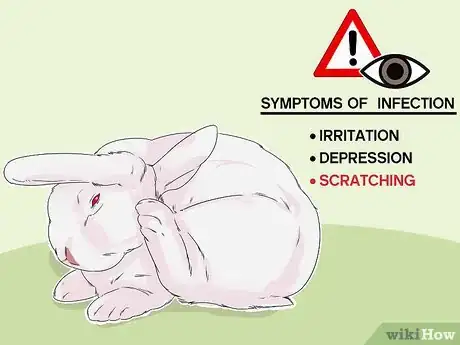

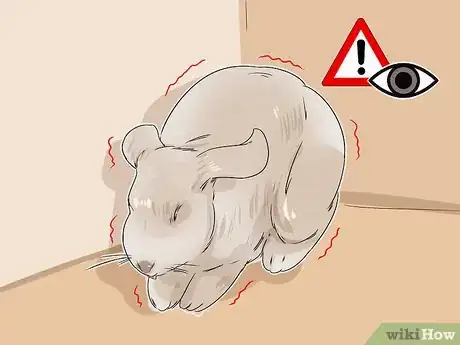

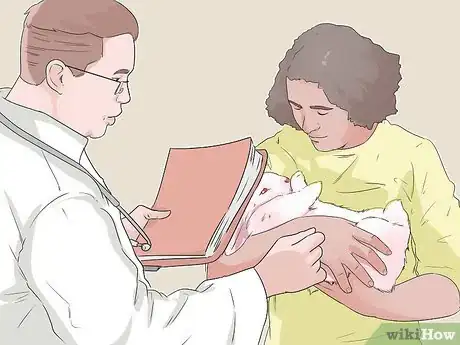
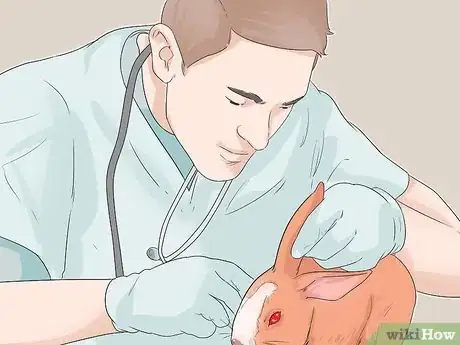
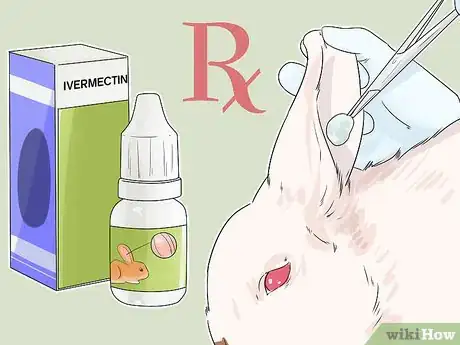


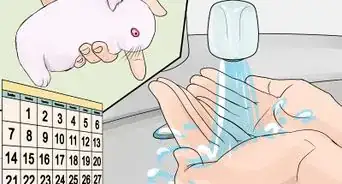

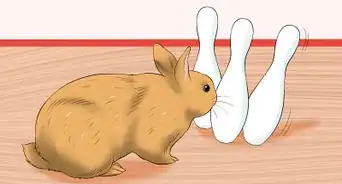
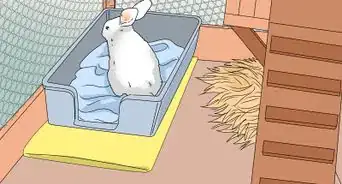
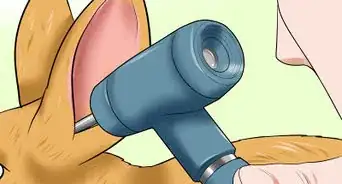
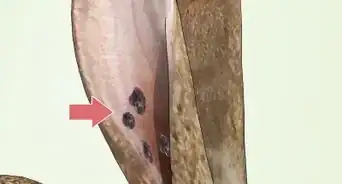
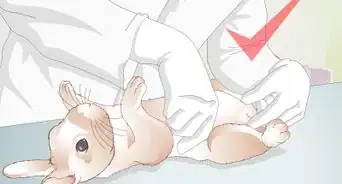
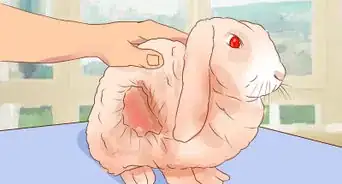

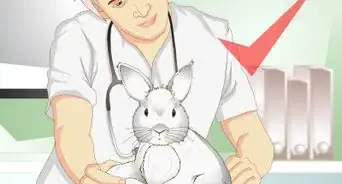
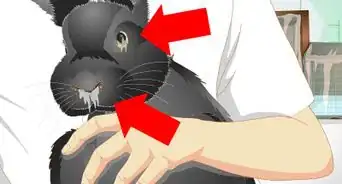
-in-Rabbits-Step-12.webp)








